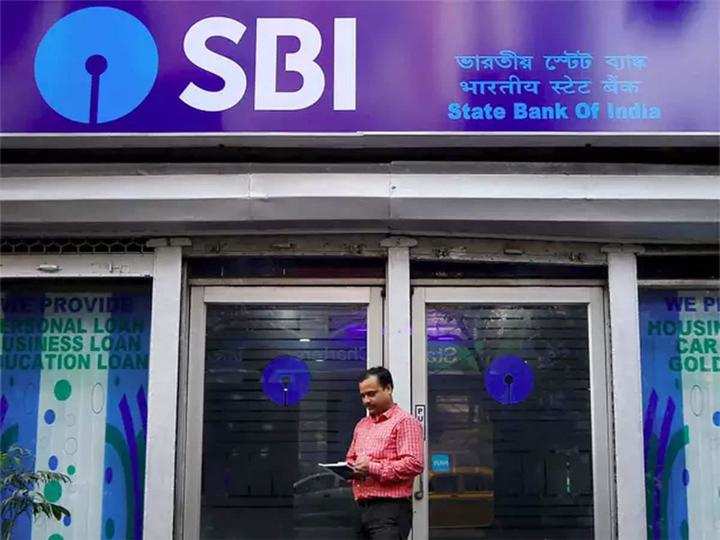NEW DELHI: The State Bank of India (SBI) has warned its customers about several fake customer care numbers created by scammers to cheat people.
The SBI has also asked its customers to check the official website – https://www.onlinesbi.sbi/ of the bank for authentic customer care numbers.
The warning from the state-run bank came through a tweet on Twitter.
“Beware of fraudulent customer care numbers. Please refer to the official website of SBI for correct customer care numbers. Refrain from sharing confidential banking information with anyone,” SBI tweeted.
Due to digitalisation in every field, it has become very easy to resolve queries and doubts through a phone call or chat. For every query or problem, customers contact the customer care service of the respective bank or company. And the most convenient way for finding the customer care number is by doing a simple Google search.
However, it is very much possible that we end up calling fake numbers as these are specially made by fraudsters to trick people on the Internet. Many cyber criminals have made fake websites and started fake customer support services. Through sponsored posts, their fake site is displayed among the top search options. Thus, this warning from the State Bank of India comes as a very careful step from all of us.
SBI has not only alerted about the fake customer care number but has also called its customers to refer to the official website of the bank for authentic customer care number.

Along with this, the bank has also advised people not to share their confidential and sensitive banking information with anyone.
In case someone has become a victim of any such cyber crime, then they can report the incident via email on report.phishing@sbi.co.in or call on the MHA operated national cyber-crime helpline number – 155260.
RBI, very recently had also tweeted, “RBI Kehta Hai.. Stay Alert! Do not share your login details, personal information, copies of KYC documents, card information, PIN, password, OTP etc. with unknown people or through unverified websites or Apps. Be Aware, Be Secure.”
Financial frauds have drastically shot up during the Covid-19 pandemic as many were forced to adopt digitization. New banking frauds and phishing attacks have increased by many folds.
SAFE BANKING TIPS BY SBI
Methodologies:
- Phishing attacks use both social engineering and technical subterfuge to steal customers’ personal identity data and financial account credentials.
- Internet banking user receives a fraudulent e-mail seemingly from a legitimate Internet address.
- The email invites the user to click on a hyperlink provided in the mail.
- User clicks the hyperlink and is redirected to a fake web site that looks similar to the genuine Internet banking site.
- Usually the email will either promise a reward on compliance or warn of an impending penalty on non-compliance.
- User is asked to provide confidential information, such as login/profile or transaction passwords and bank account numbers etc.
- User provides the details in good faith and clicks on ‘submit’ button.
- User is displayed an error page.
- User has fallen prey to a phishing attack.
Dont’s:
- Do not click on any link, which has come through e-mail from an unknown source. It may contain malicious code or could be a ‘Phishing attack’.
- Do not provide any information on a page which might have come up as a pop-up window.
- Never provide your password over the phone or in response to an unsolicited request over e-mail
- Always remember that information like password, PIN, TIN, etc. are strictly confidential and are not known even to employees/service personnel of the Bank. You should therefore, never divulge such information even if asked for.
Do’s:
- Always logon to a site by typing the proper URL in the address bar.
- Enter your user id and password only at the authenticated login page.
- Before providing your user id and password please ensure that the URL of the login page starts with the text ‘https://’ and is not ‘http://’. The ‘s’ stands for ‘secured’ and indicates that the Web page uses encryption.
- Always look for the lock sign () at the right bottom of the browser and the VeriSign certificate.
- Provide your personal details over phone/Internet only if you have initiated a call or session and the counterpart has been duly authenticated by you.
- Please remember that the bank would never ask you to verify your account information through an e-mail.
What to do if you have accidentally revealed password/PIN/TIN etc.:
If you feel that you have been phished or you have provided your personal information at a place you should not have, please carry out the following as a damage mitigation measures immediately:
- Change your login/profile/transaction password immediately.
- Report the incident to the bank.
- Check your account statement and ensure that it is correct in every respect.
- Report any erroneous entries/transactions to the bank.
- Use the other compensatory controls provided by the bank like adding trusted third parties to zero, enabling high security, etc. to minimize the risk.
Follow The420.in on Facebook, Twitter, LinkedIn, Instagram, YouTube & Telegram



